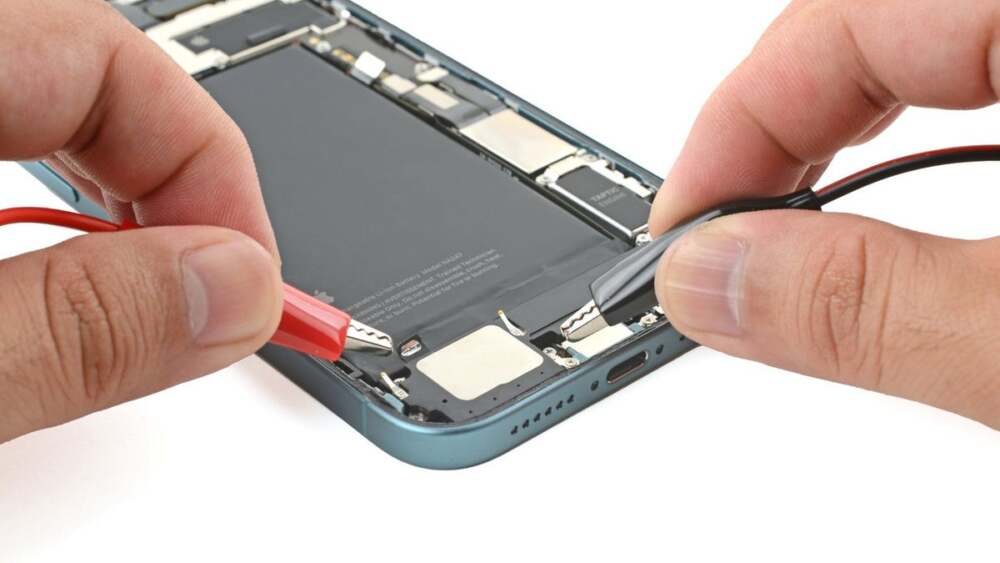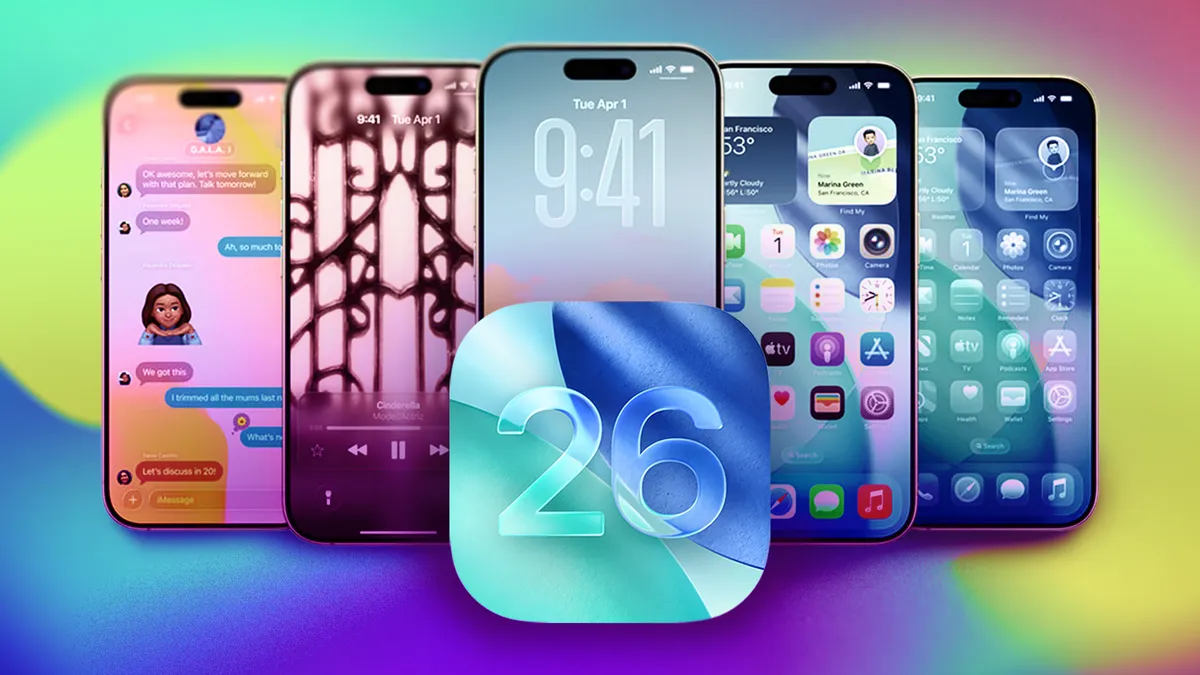Apple’s latest release, the iPhone Air, has been dissected by iFixit—and the findings are fascinating. Despite being the slimmest iPhone ever, the device manages to balance sleek design with features that support repairability. The teardown reveals clever engineering, savings in space, and thoughtful design compromises.
How Thin Is It?
- The iPhone Air measures just 5.6 mm in total thickness—making it the slimmest iPhone in Apple’s lineup to date.
- To achieve this, Apple shifted many internal components into a wide, raised camera bump often referred to in teardown reports as a “plateau.” Part of the logic board lives under this plateau, leaving more room in the rest of the chassis for the battery and display without stacking too many layers.
- The frame is crafted from titanium, which offers a strong balance of rigidity and light weight. Even so, the teardown found that stripped of internal components, parts of the frame have weak spots—especially around plastic gaps designed for antenna passage, which are necessary to maintain cellular performance. When fully assembled, however, those weak zones are sufficiently supported to resist bending in normal use.
Key Components & Design Innovations
- Battery: The battery inside the iPhone Air is rated around 12.26 watt-hours, the same cell used inside the matching MagSafe battery accessory. iFixit confirmed that the battery pack accessory can be swapped with the phone’s own battery without causing functional issues.
- Logic Board & Chips: Apple consolidated some of its custom components. The Air includes its own modem (called C1X) rather than relying on a third-party modem, plus its in-house networking chip (N1) and the powerful A19 Pro chip.
- Display & Rear Glass: The back glass and the display are clipped in—rather than glued in with massive adhesive—making them easier to remove. That said, opening the rear glass does require removing screws and unplugging flex cables, but nothing buried so deeply that it becomes nearly impossible for a skilled repairer.
- USB-C Port: This is still modular, but densely packed. Apple used a smaller, 3D-printed titanium alloy for the port housing to reduce size without giving up durability. The port is glued to some components, but can be replaced for those with the right tools.
Repairability & Durability Trade-Offs
- iFixit gave the iPhone Air a repairability score around 7 out of 10, which is solid—especially for something so thin. The score reflects accessible battery, easier rear glass removal, and the less complex internal layout.
- Fewer overlapping layers of components means fewer obstacles when doing repairs. Because the logic board is partly located in the camera bump, many components are less buried, which helps with disassembly.
- One concern: the smaller battery capacity. While Apple’s efficiency tricks help, a smaller cell means more charging cycles over time for the same usage, which could wear the battery faster. Also, those plastic antenna passthroughs are potential weak spots for mechanical stress if the phone is bent excessively.
Why This Matters
- For consumers: A thinner phone is aesthetically pleasing and easier to carry—but if it breaks, repairability makes a big difference in cost, longevity, and how long the device stays in active use.
- For sustainability: Phones that are easier to repair tend to generate less e-waste. Being able to replace a battery or screen without replacing the full device helps reduce environmental impact.
- For Apple’s reputation: Users are increasingly paying attention not just to performance, camera specs, and battery life, but to durability, repair transparency, and parts availability. This teardown suggests Apple is responding to those expectations with design decisions that support after-market repairability.
What to Keep an Eye On
- Whether the weak spots detected in stripped-down bend tests persist into real world usage over time.
- How the battery performs across many months of regular usage—is battery degradation worse because of size trade-offs?
- How easy it will be to replace parts like USB-C ports and rear glass in practice—not just in a teardown lab.
- Whether Apple supports spare parts sales and documentation to match this more repair-friendly hardware design.
Bottom Line
The iFixit teardown of the iPhone Air shows Apple has pushed the envelope: achieving a record-thin design without making the device totally fragile or unrepairable. It’s a well-balanced piece of engineering, where smart layout and modern materials help maintain functionality, durability, and serviceability. For many users, this offers a phone that looks excellent, performs strongly, and doesn’t force a compromise when it comes to repairs.
















Leave a Reply